Insurance quotes can seem intentionally confusing, with multiple different coverages and limited options to choose from. It is important to have an agent that specializes in garage liability and can break down these coverages into terms and real-world examples that make sense for your shop. Here we are going to go through some of the core coverages that make up the standard garage liability quote. First, let’s discuss general liability. All too often we hear “I am covered, I have a million-dollar policy.” This million-dollar policy people are often referring to is their per occurrence general liability limit. This is the coverage your landlord keeps asking you to get. It protects your business from claims involving bodily injury or property damage resulting from your products, services, or operations. The industry standard is a million dollars per occurrence with a two-million-dollar aggregate. This coverage does not cover customer vehicles or any claims resulting from an auto accident. Speaking of auto accidents, auto liability is necessary if you ever plan on taking a customer’s vehicle for a test drive. Most garage policies come with hired and non-owned auto liability coverage. Non-owned auto liability covers you and your employees while operating a customer’s vehicle for diagnostic or service purposes. We recommend a million-dollar combined single limit to properly cover your auto liability exposure. If you have a shop truck or customer loaner vehicles, you will need to schedule those vehicles onto the policy for them to be covered.
On top of the liability coverages, there are three main coverages to protect the “tangible” aspects of your shop. Arguably the most important coverage to understand is your garage keeper’s limit. Garage keepers cover customers’ vehicles while they are in your care, custody, and control. Most claims fall under this limit and there are several factors to consider to ensure proper coverage. First is the choice of direct primary or legal liability coverage. The direct primary will cover any loss to a customer auto while in your care, custody, and control regardless if you are at fault for the damage or not. Legal liability will only cover damages to customer vehicles that you are legally liable for. There are pros and cons to both. The example we typically use is this, “if you are parked at the grocery store and a hailstorm comes through and damages your car do you go back inside and ask for the grocery store’s insurance information and then expect them to pay for the damages?”
If you would answer no to that question and think your customers would have the same expectation then legal liability coverage would be best for you. If you are fearful of having a customer, get upset, and tarnish your reputation because you don’t fix damages that were not your fault then selecting direct primary coverage is a better option.
By choosing direct primary, especially in high-risk climate areas you risk paying higher premiums or getting canceled after filing claims resulting from situations that aren’t your fault. If you work on specialty vehicles such as classics or high-end exotics, it is important to get a policy that covers customer autos on an agreed value basis.
Lastly, let’s look at how to cover your property. Assuming you rent your shop, you most likely won’t need to insure the building. That leaves all your tools, equipment, office furniture, and fixtures. These items are covered under the business personal property coverage. If you own your building, some items need to be included under your building limit and not under the business personal property limit. Any items permanently fixed to the foundation fall under the building limit (lifts, dynos, tire machines, etc.).
We work with many different carriers and have special programs that can tailor these coverages to meet the needs of your shop. All our agents take the time to walk your shop with you and help determine the coverage and limits needed for your specific business. Can your agent say the same?
